Red Borneo Kratom is a unique strain of the Mitragyna speciosa tree, native to the island of Borneo. This tropical...

In-Depth Analysis of Health and Research on Malaysian Kratom Amidst Legal Perspectives
Kratom, scientifically known as Mitragyna speciosa, is a tropical evergreen tree native to Southeast Asia. The leaves of the Kratom tree have been used traditionally for centuries in parts of Southeast Asia, including Malaysia, for their stimulant effects and as an opium substitute. In recent years, Kratom has garnered increasing interest globally for its potential health benefits and therapeutic uses.
This article provides an in-depth analysis of Malaysian Kratom, focusing on the latest scientific research on its pharmacology, therapeutic potential, and associated risks. The complex legal status of Kratom in Malaysia is also examined in detail, including a comparative look at international legislation. The article aims to provide a comprehensive overview of the current knowledge of Malaysian Kratom to inform health practices, future research, and legal policy decisions.
Kratom in Malaysia - Historical and Cultural Context
Kratom has a long history of traditional use in Malaysia that predates scientific understanding of the plant. Indigenous ethnic groups like the Malays have utilized Kratom for centuries, with the first known documentation of Kratom use in Malaysia dating back to the early 19th century.
In traditional Malaysian culture, Kratom was used as an opium substitute and for weaning addicts off opium dependence. The stimulant effects of certain Kratom strains were leveraged by manual laborers to combat fatigue and boost work output. Kratom continues to be used as a traditional medicine for common ailments like fever, diarrhea, and pain by indigenous communities in rural Malaysia.
Beyond traditional medicine, Kratom attained cultural significance through its inclusion in local culinary dishes and beverages. The Kelabit community of Sarawak uses Kratom leaves to make a special sambal sauce called tekoh. Kratom tea, prepared by boiling leaves or resin, is part of traditional Malay and Orang Asli culture. The traditional preparation of red tea served to welcoming guests also contains Kratom.
Since the 19th century, manual laborers, fishermen, and farmers have commonly chewed on Kratom leaves or drank it as tea before work for its stimulant and fatigue-fighting effects. However, recreational use of the plant also grew, raising concerns about potential abuse.
While Kratom has in recent years become a subject of global scientific research, Malaysia's long and rich tradition of Kratom use provides a cultural context for fully understanding this botanical. From traditional medicine to a cultural staple, Kratom has a nuanced history intertwined with Malaysian society.
Traditional Uses and Cultural Significance
As highlighted above, Kratom served varied traditional and cultural functions in Malaysian society. Some of the most prominent traditional uses and cultural beliefs surrounding Kratom in Malaysia are:
-
Treatment for common ailments - Kratom was traditionally used to treat fever, diarrhea, intestinal parasites, and pain, especially by indigenous Orang Asli healers.
-
Opium/opioid withdrawal - Due to its effects, Kratom was utilized to help wean off opium and opioid addiction. This traditional detoxifying use continues today.
-
Boosting work output - Manual laborers in agriculture and fisheries have long chewed on Kratom leaves or drank tea to fight fatigue and increase productivity.
-
Cultural cuisine - Kratom leaves or extracts are ingredients in traditional Malaysian dishes like tekoh sauce. They are also brewed into popular beverages.
-
Social etiquette - Serving visitors the traditional Kratom tea or red tea is considered a welcoming gesture in Malay and Orang Asli culture.
-
Recreational enjoyment - Much like opium, chewing Kratom leaves or drinking tea has recreational appeal due to its psychoactive effects at higher doses.
The rich ethnobotanical knowledge of indigenous Malaysian ethnic groups shapes traditional Kratom practices based on centuries of experience and observation. However, modern scientific analysis is vital for providing evidence-based guidance on medicinal uses and potential risks.
The Legal Framework Surrounding Kratom in Malaysia
Kratom's legal status in Malaysia has evolved significantly over the past century, from complete prohibition under colonial Britain to controlled legality today. The current legal approach attempts to balance tradition, public health concerns, and emerging scientific evidence.
Kratom was first banned in Malaysia in 1869 under the Colonial QI Opium and Chandu Prohibition Enactment, as the British colonial authorities equated Kratom's psychotropic effects with opium. The ban was lifted after Malayan independence, with the Dangerous Drugs (Amendment) Act of 1952 designating Kratom leaves and extracts as a legal controlled substance.
The Poisons Act 1952 regulates the sale, possession, and labeling of Kratom products. As of a 2005 amendment of the Act, Malaysia has adopted a "positive control" approach, listing parts of the Mitragyna speciosa plant that contain the psychoactive alkaloids as poisonous and requiring strict licensing for handling them. Only licensed pharmacists can sell Kratom capsules and powders in Malaysia.
The Malaysian government justified this controlled legality by recognizing Kratom's traditional significance while also addressing concerns like teen drug abuse and driving under the influence. However, critics argue that the licensing restrictions curb access to an herbal remedy while doing little to curb illicit drug use.
International Legal Comparisons
Malaysia's nuanced "controlled legality" approach exists between total prohibition on one end and near complete deregulation on the other end, as seen internationally. Comparisons with the legal status in several other countries are instructive:
-
United States - Kratom legality varies between states, with some states classifying it as a controlled substance while others allow sales to adults.
-
New Zealand - Kratom is a legal unregulated herbal product, allowing sale to adults. No specific Kratom legislation exists yet.
-
Australia - Kratom's active ingredients are classified as controlled substances though the plant itself is legal. Its use as medicine is strictly regulated.
-
Thailand - Kratom has been illegal in Thailand for decades. Harsh criminal penalties exist for Kratom possession and use.
-
Indonesia - As the major global supplier, Indonesia places no restrictions on Kratom cultivation and sales domestically and internationally.
The Malaysian approach considers scientific evidence, public health risks, addiction potential, and traditional use in a way many laws in other countries fail to do. However, full deregulation as seen in Indonesia could enable greater research on medicinal benefits.
Health Benefits and Risks - A Scientific Overview
Extensive scientific analysis of the unique pharmacology and medicinal applications of Kratom has shed light on both its potential health benefits and possible adverse risks. Research on Malaysian Kratom particularly has added to the knowledge base guiding traditional practices and medical investigations globally.
Some of the most substantiated and known health benefits of Malaysian Kratom strains like Green Malay include:
-
Pain relief - Alkaloids act on opioid receptors, proven effective for chronic pain, and as an opium alternative.
-
Energy boost - Mitragynine stimulates the central nervous system, helping overcome lethargy, fatigue, and drowsiness.
-
Mood enhancement - Anxiolytic and anti-depressant effects elevate mood and aid those with anxiety/depression.
-
Focus and motivation - Kratom sharpens cognition, making it easier to focus for long periods.
-
Opiate withdrawal aid - Alkaloids ease withdrawal symptoms during addiction recovery.
However, Kratom does have risks, side effects, and unsafe interactions that are important to be aware of:
-
Dependency - Long-term use can lead to developing tolerance and withdrawal symptoms on stopping.
-
Sedation - Higher doses act as a sedative rather than a stimulant.
-
Constipation is a common side-effect, though proper hydration can alleviate it.
-
Toxicity - High doses act as a neural depressant, potentially causing a seizure, coma, or death.
-
Drug interactions - It is unsafe to combine Kratom with alcohol, benzodiazepines, opioids, or stimulants.
Research is still needed to establish definitive clinical guidelines for safe and effective Kratom usage. However, current data indicates its low toxicity and addictive potential compared to prescription painkillers.
Pharmacological Properties of Kratom
The unique mix of pharmacologically active compounds in the Kratom plant drives both its potential benefits and risks. The key psychoactive alkaloids are:
-
Mitragynine - Abundant alkaloid and stimulant. Binds to opioid receptors. Also analgesic and antitussive.
-
7-hydroxymitragynine - Potent analgesic due to mu-opioid receptor agonism. Higher addiction potential.
-
Speciogynine - Smooth muscle relaxer. Provides calming, anxiolytic effects.
-
Speciociliatine - Mu-opioid agonist like 7-hydroxymitragynine. Strong analgesic.
-
Paynantheine - Weak opioid receptor binder. Provides mild stimulation.
In addition to alkaloids, Kratom contains other beneficial compounds like flavonoids, terpenoid saponins, polyphenols, and various glycosides.
The combination of stimulant, soothing, and analgesic effects from this rich pharmacological profile underlies Kratom's appeal. However, it also increases the complexity of analyzing dosing, drug interactions, and side effects. Ongoing research aims to isolate the safest and most effective compounds for medicinal applications.
Kratom in Medical Research
The traditional medicinal uses of Kratom combined with promising initial research have spurred greater scientific interest in its therapeutic potential. Pre-clinical studies and anecdotal reports indicate possible applications for managing pain, opioid withdrawal, anxiety, depression, inflammation, diarrhea, hypertension, and more.
Some of the most widely studied medicinal uses of Kratom backed by research are:
-
Chronic pain - Equal or greater pain relief vs. morphine, but with lower abuse potential.
-
Opiate withdrawal - Alkaloids activate opioid receptors, easing symptoms without respiratory depression.
-
Mood disorders - Anxiolytic and anti-depressant activity ideal for anxiety and depression.
-
Diarrhea - Mitragynine's gut motility slowing effects relieve diarrhea.
-
Inflammation - Immunomodulation and COX-2 inhibition treat inflammation.
-
Fatigue - CNS and skeletal muscle effects enhance physical performance.
-
Addiction - Anti-addictive neural pathways aid those dependent on drugs/alcohol.
-
Muscle spasms - Muscle relaxant properties alleviate cramps, spasms, and convulsions.
Formal clinical trials are still needed to evaluate the efficacy and safety of these therapeutic uses. However, the research indicates the pharmacological actions of Kratom extracts, when used cautiously, hold unique promise.
Ongoing Clinical Trials and Emerging Research
Despite Kratom's long traditional usage history, modern clinical research is still in the early stages. While no clinical drug exists currently, some promising clinical trials and emerging research include:
-
Phase 2 trial for opioid withdrawal management was recently completed in the United States (NCT05027199). Results are pending.
-
A clinical trial is planned in 2022 to assess Kratom's analgesic efficacy compared to prescription opioids for managing pain.
-
A recent 2021 study demonstrated Kratom does not impair motor coordination or cognition unlike opioids, supporting its safety.
-
Pharmacokinetic studies are exploring optimal dosing strategies to balance effectiveness and side-effect mitigation.
-
Novel methods like microdosing are being proposed as safer alternatives to conventional dosing.
-
Emerging research on mitragynine metabolites and enzyme interactions seeks to uncover mechanisms of variable patient responses.
-
Genetic analysis of different Kratom strains aims to identify alkaloid ratios best suited for specific therapeutic uses.
Addressing research challenges like standardization of dosing, product quality, and legal barriers can help accelerate progress. However, the early clinical insights and trials show promise.
Personal Accounts and Case Studies
Beyond controlled scientific studies, a look at anecdotal experiences reveals valuable perspectives on Kratom's real-world impact. User reports and case studies highlight successful self-medication with Kratom for conditions where other treatments failed or caused intolerable side effects.
Online forums contain thousands of personal accounts from chronic pain patients able to manage debilitating pain and regain quality of life using Kratom instead of prescription opioids. Their experiences align with the scientific rationale behind Kratom as an opioid substitute.
Published case reports also corroborate Kratom's efficacy. A 2020 case described a 50-year-old woman self-managing fibromyalgia pain and depression successfully with Kratom after struggling with opioid addiction. Another 2019 case followed a 44-year-old man who fully recovered from a tramadol dependency using Kratom.
Such anecdotal but promising real-world experiences complement the empirical research in highlighting medicinal potential. They also underscore the need for more controlled clinical studies to optimize safe Kratom usage guidelines.
Healthcare Professionals' Perspectives
In addition to personal accounts, the perspectives of medical practitioners who have leveraged Kratom therapeutically also provide useful insights.
In a survey of over 2,700 healthcare professionals in the US, a majority supported Kratom-based therapeutic research and agreed Kratom showed promise as a safer substitute for opioids. 70% agreed Kratom should be available as an herbal supplement.
Healthcare providers note Kratom seems well-suited for patients suffering from pain, anxiety, or depression who cannot tolerate the side effects, addiction potential, or withdrawal symptoms of pharmaceuticals like opioids and benzodiazepines.
Some psychiatrists and addiction specialists also see potential for Kratom-based therapies for alcohol and drug dependence treatment. Kratom's activation of reward pathways with weaker dependence and neural conditioning makes it promising as an opiate substitute.
More physicians now recognize Kratom's traditional applications are backed by a modern scientific understanding of its unique pharmacological actions. Their clinical experiences and medical opinions further reinforce the significant promise Kratom holds.
Challenges in Kratom Research and Future Prospects
While recent years have seen an explosion of research interest in Kratom, some notable hurdles still impede progress. Tackling these challenges can help tap into Kratom's full healthcare potential through rigorous research.
Some of the biggest challenges include:
-
Lack of funding and resources
Posted in: Kratom

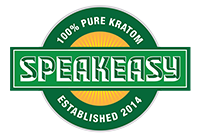
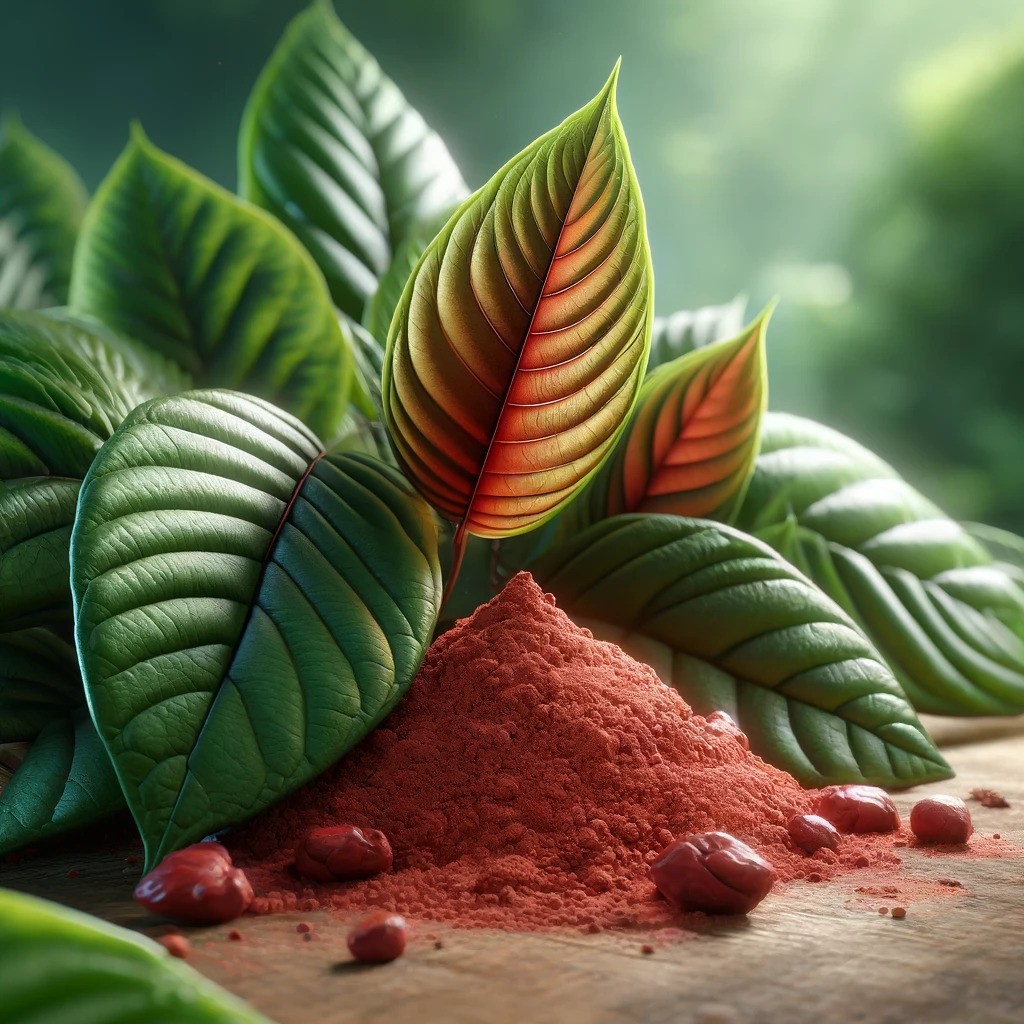




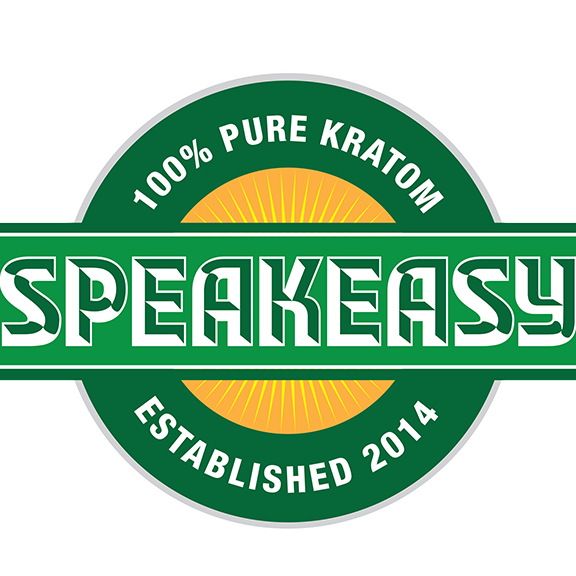
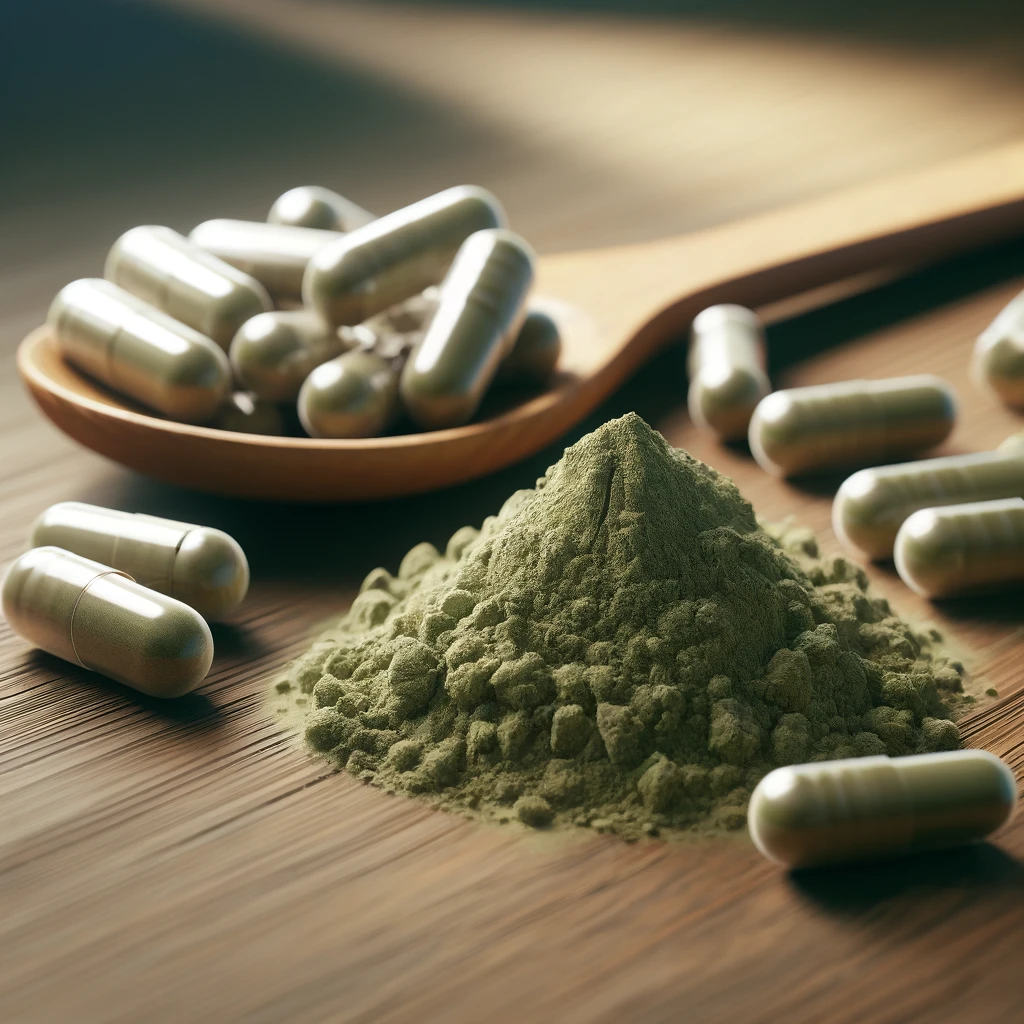
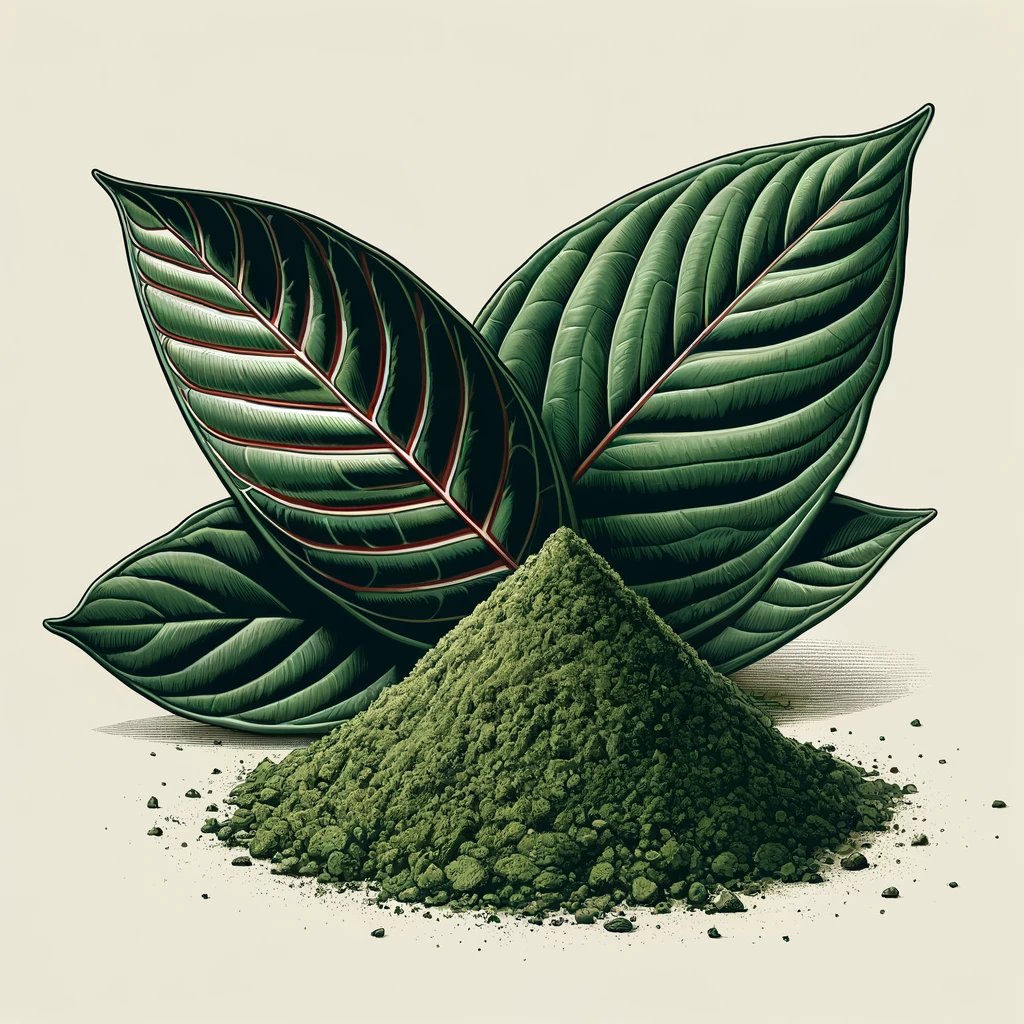

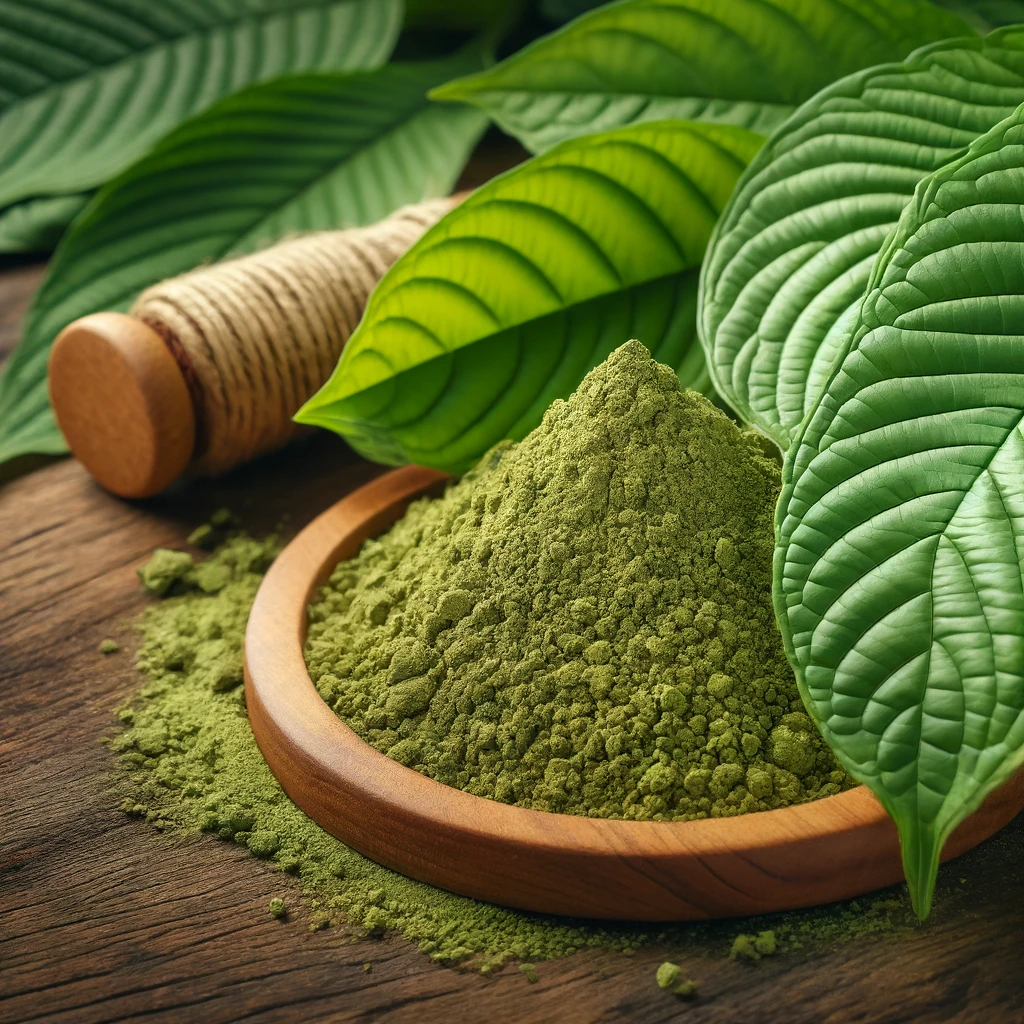
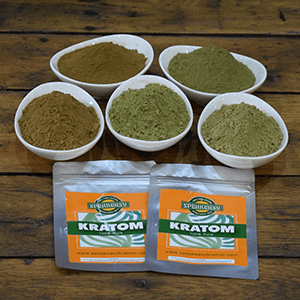

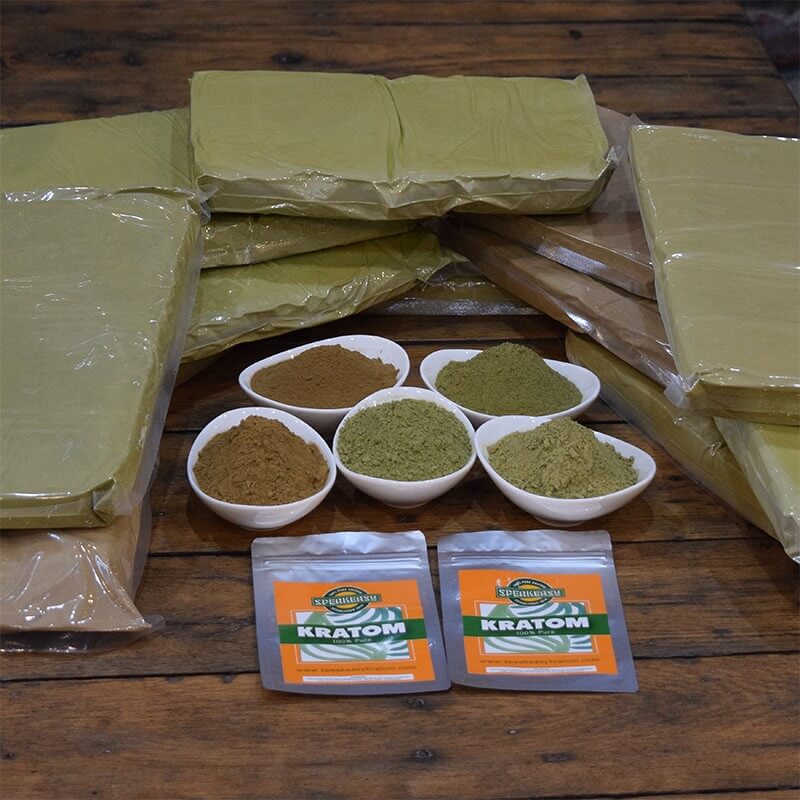
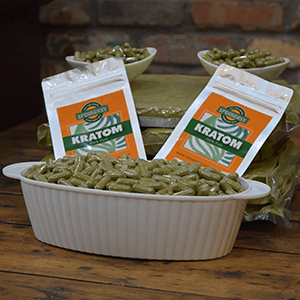
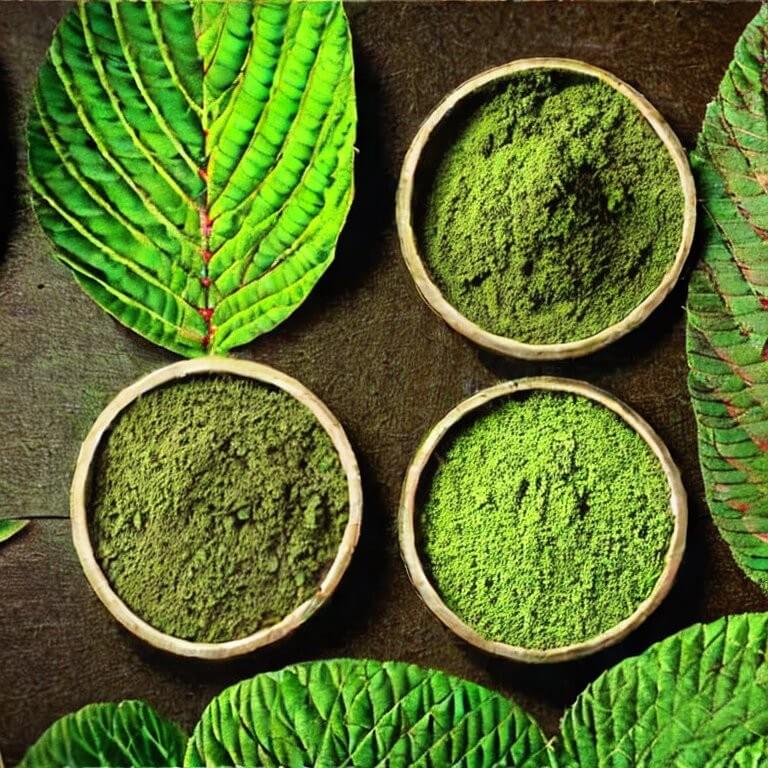
Leave a comment